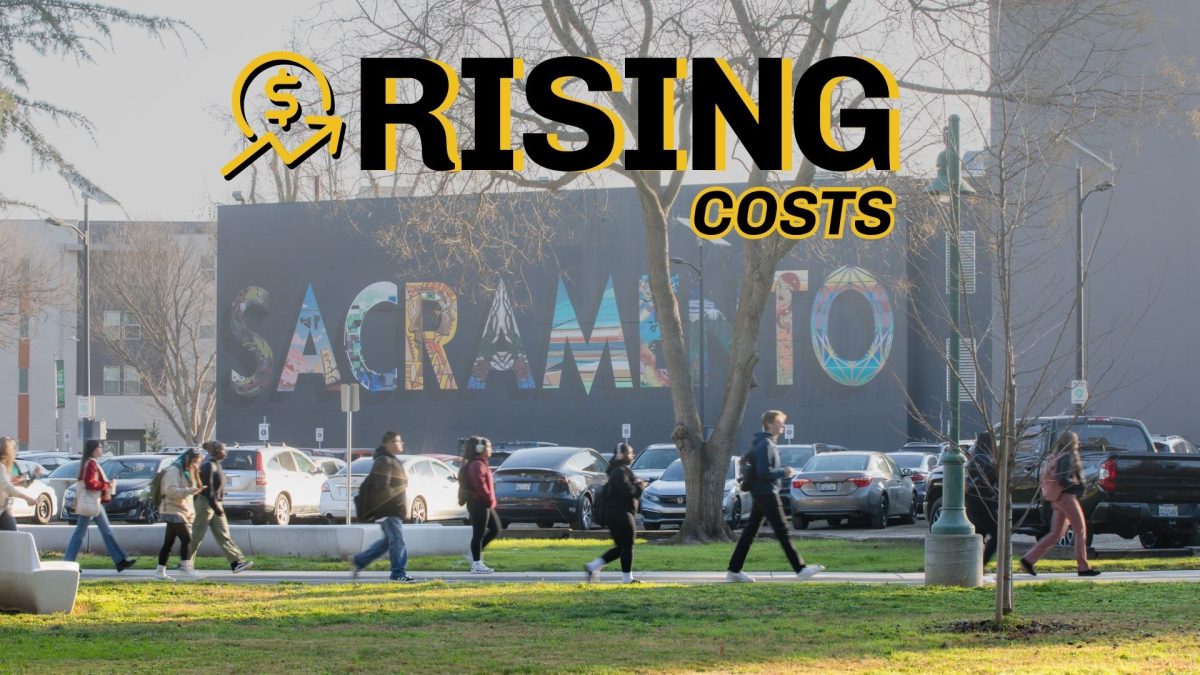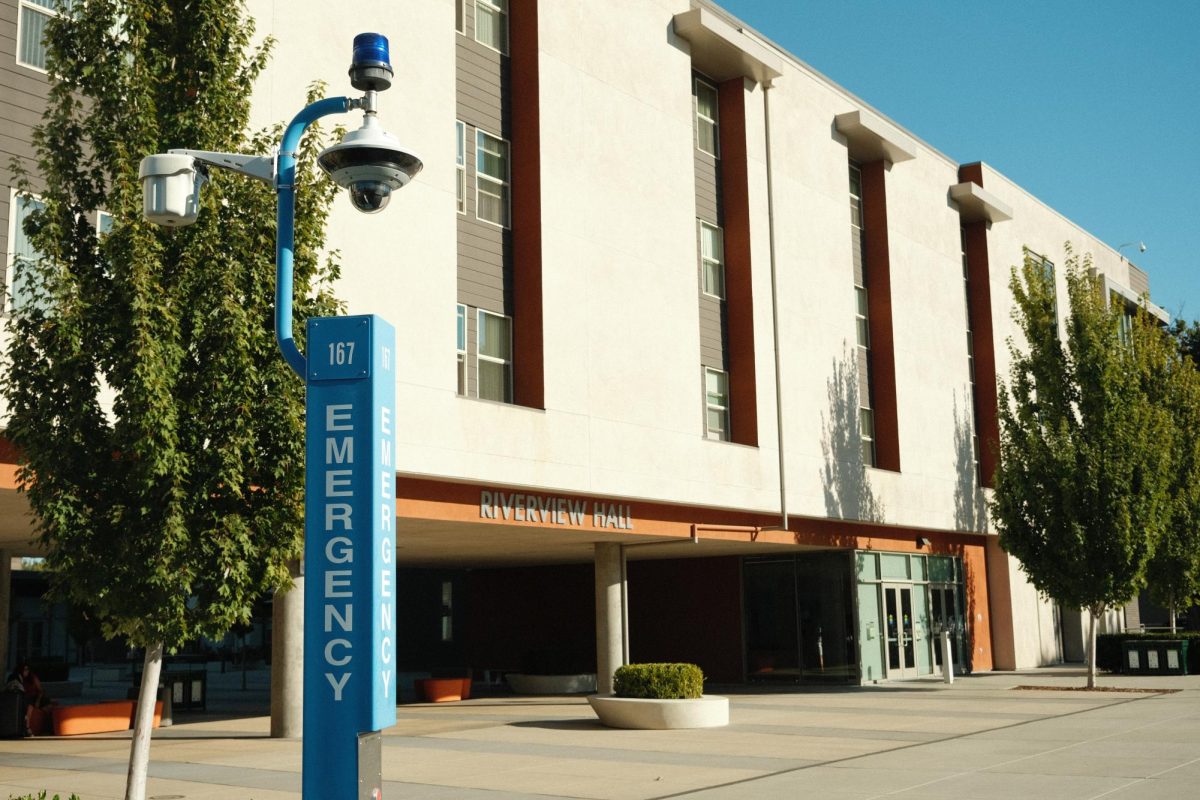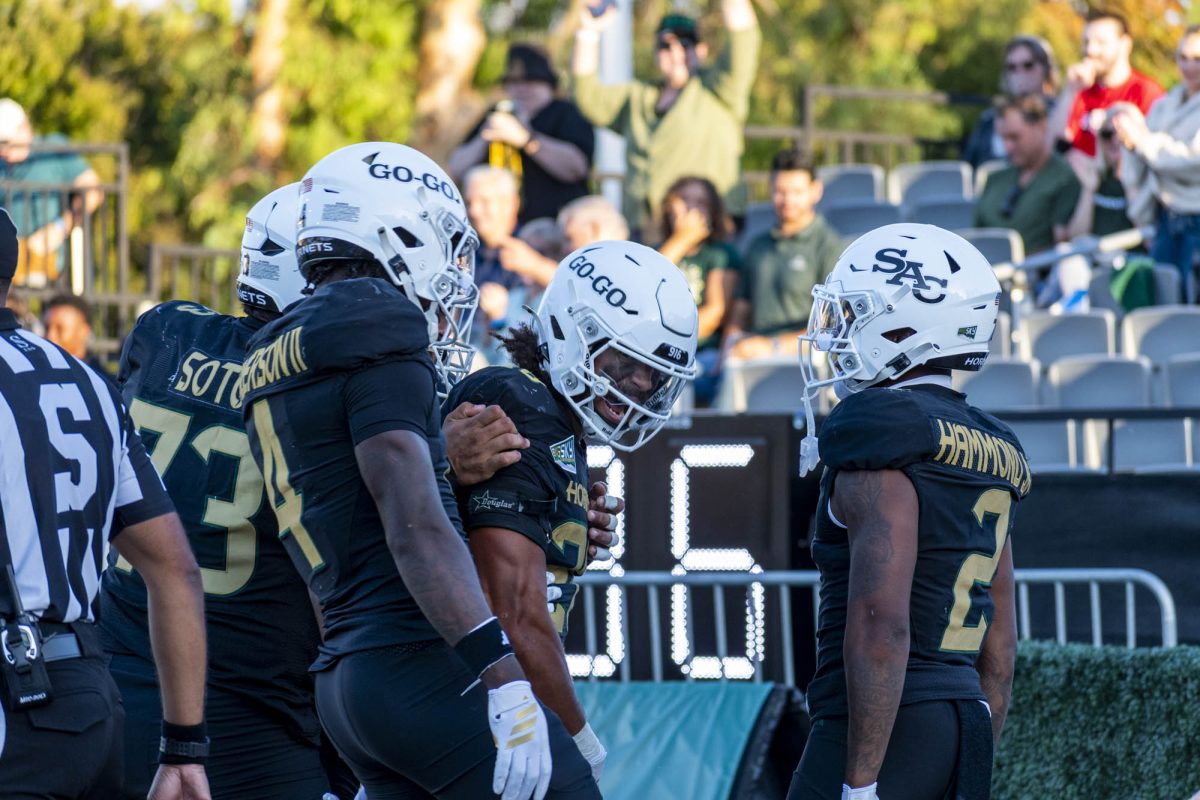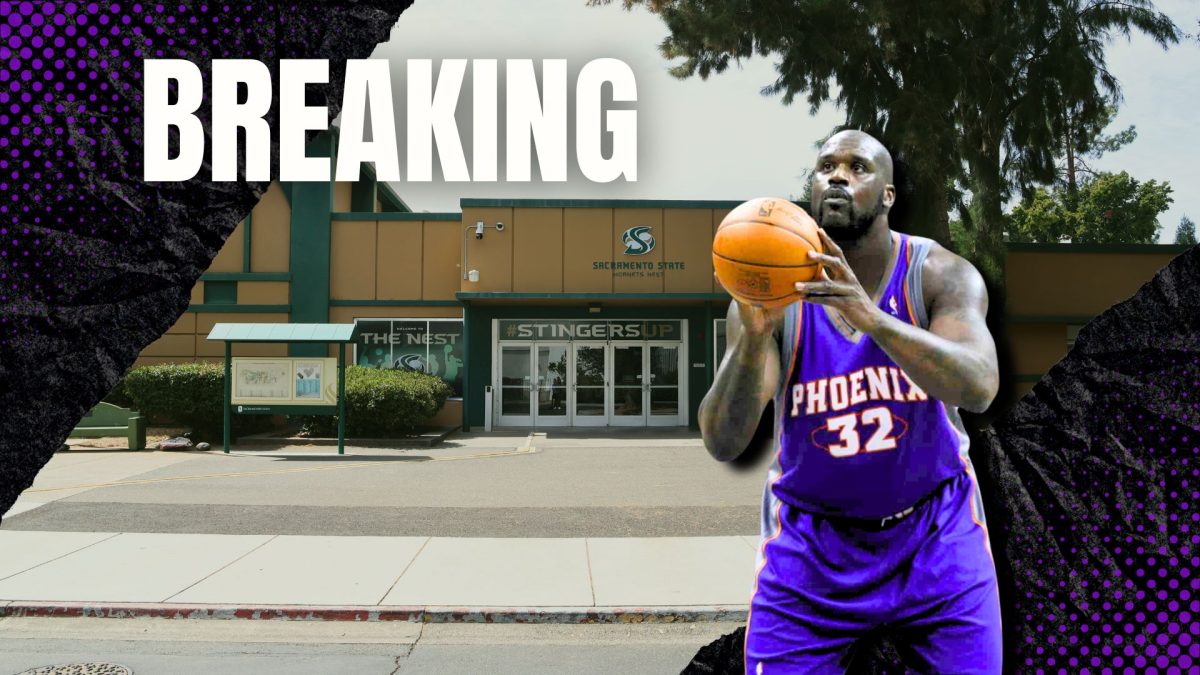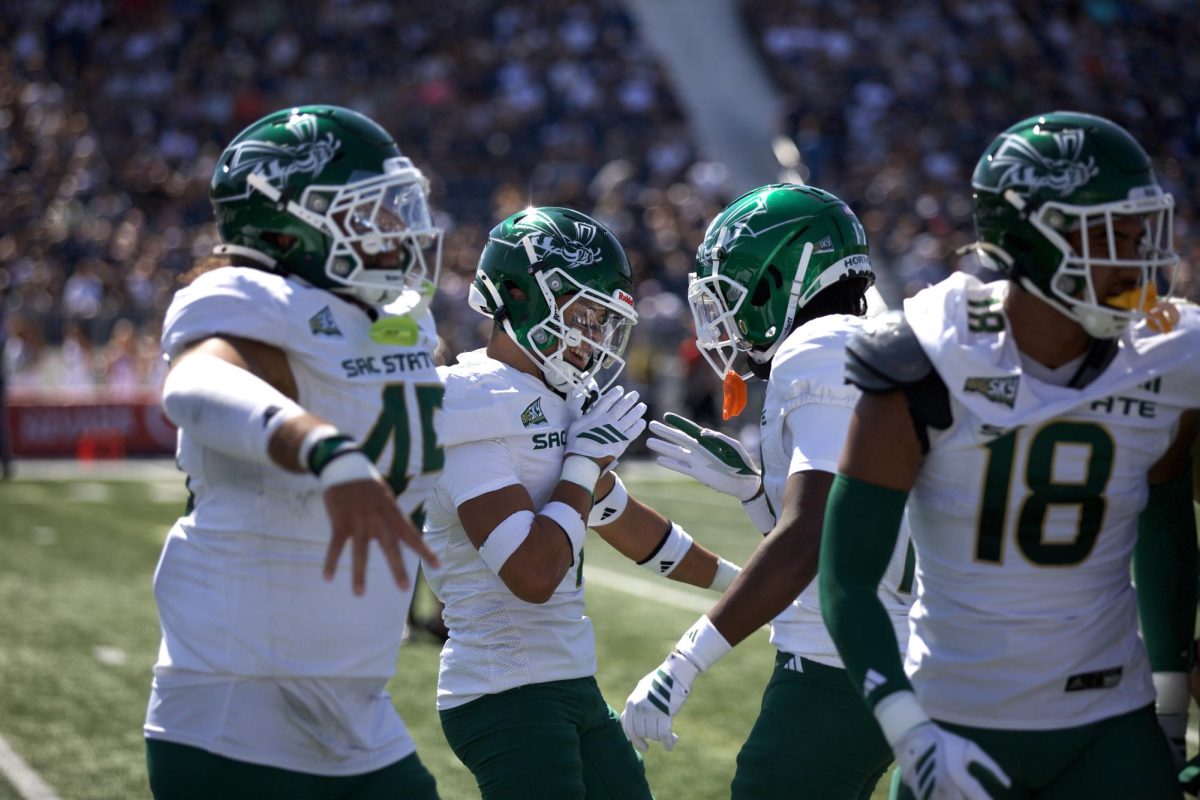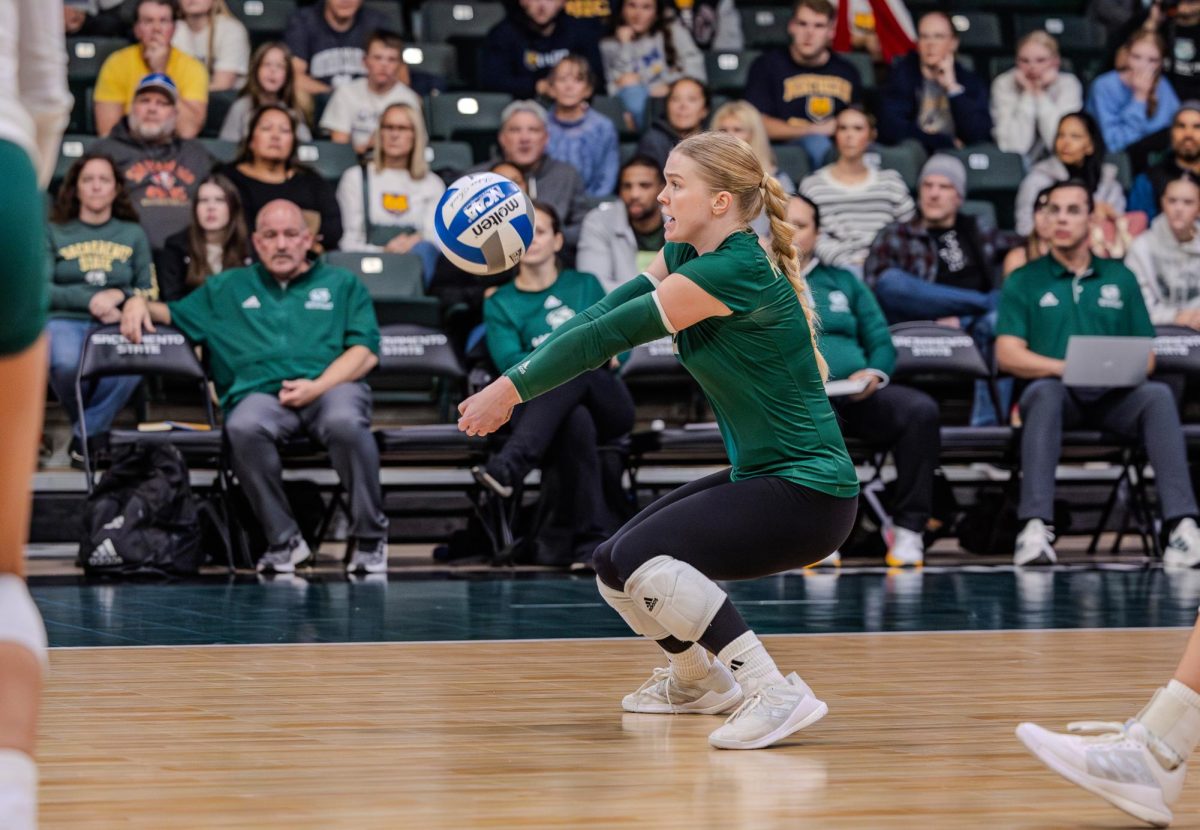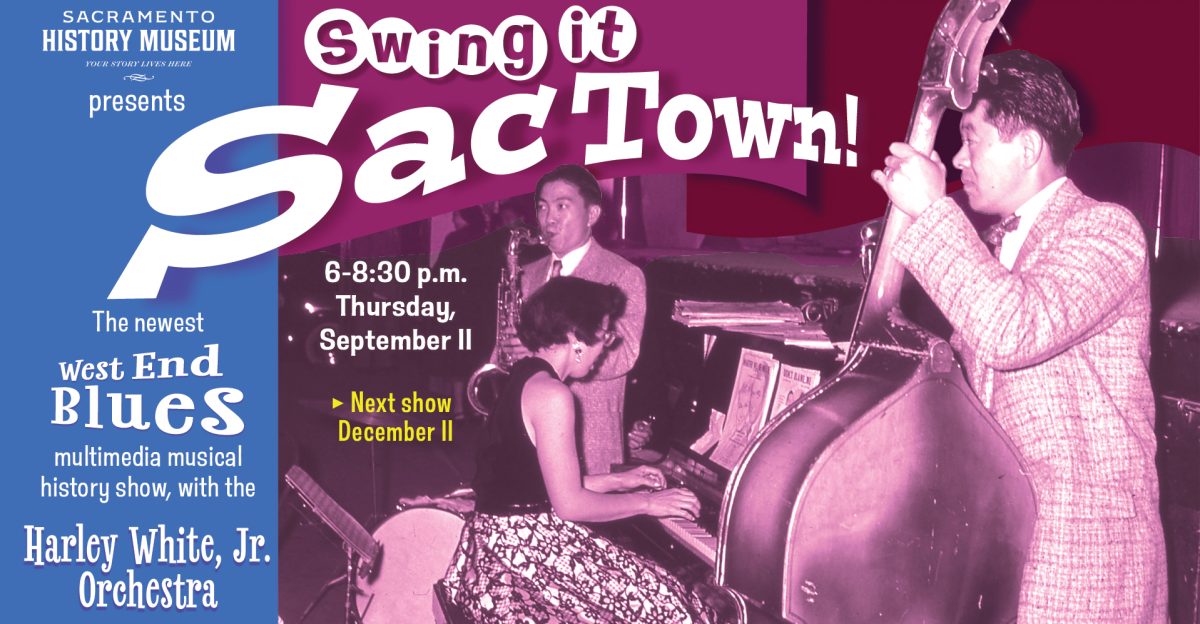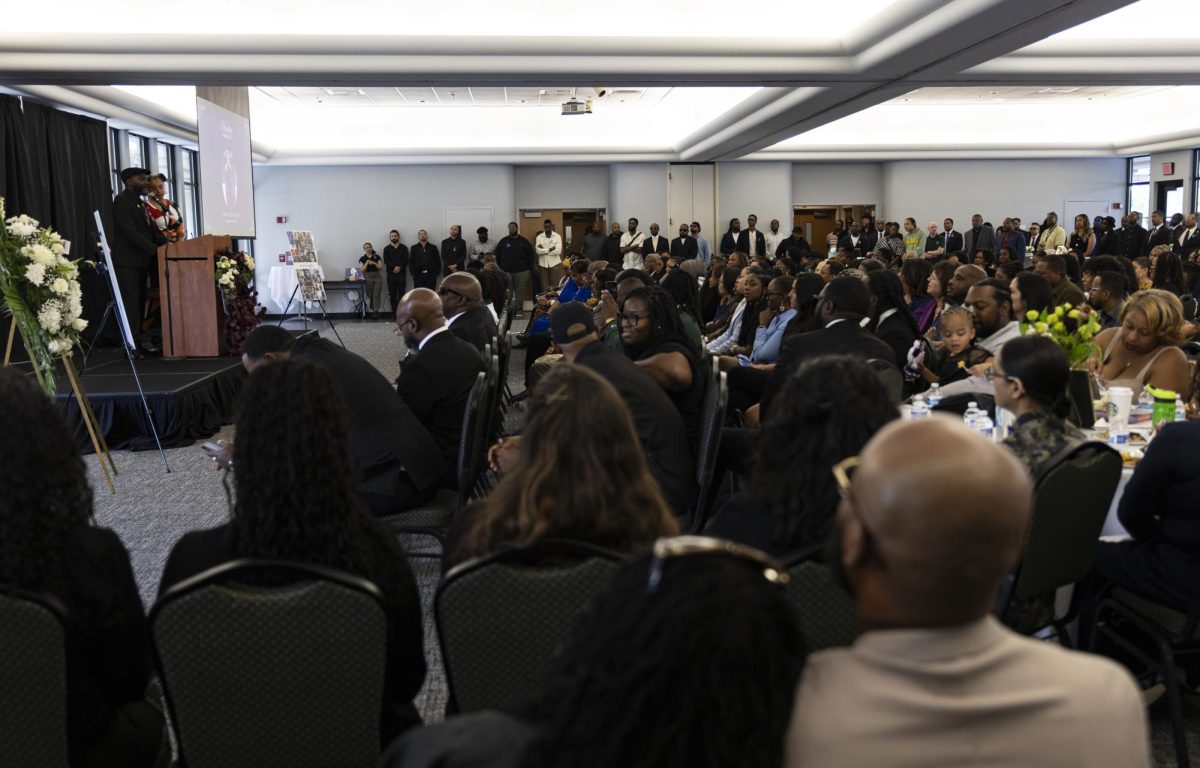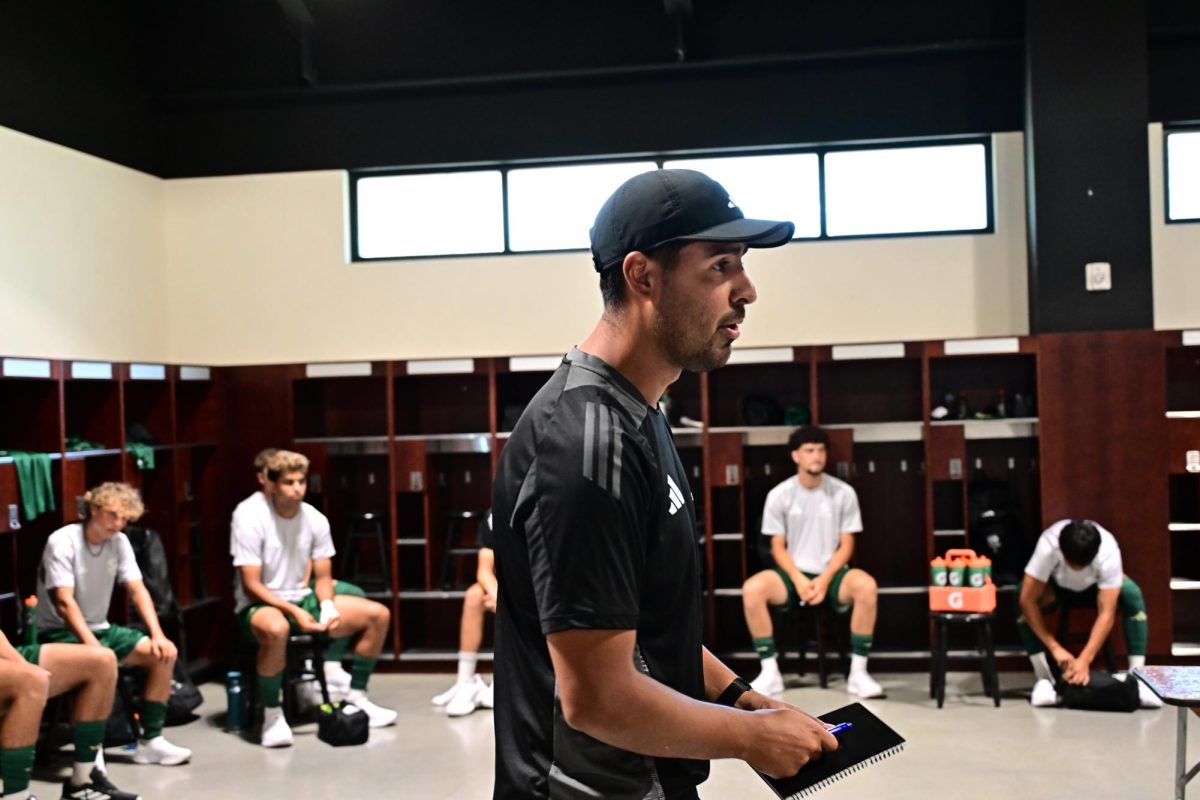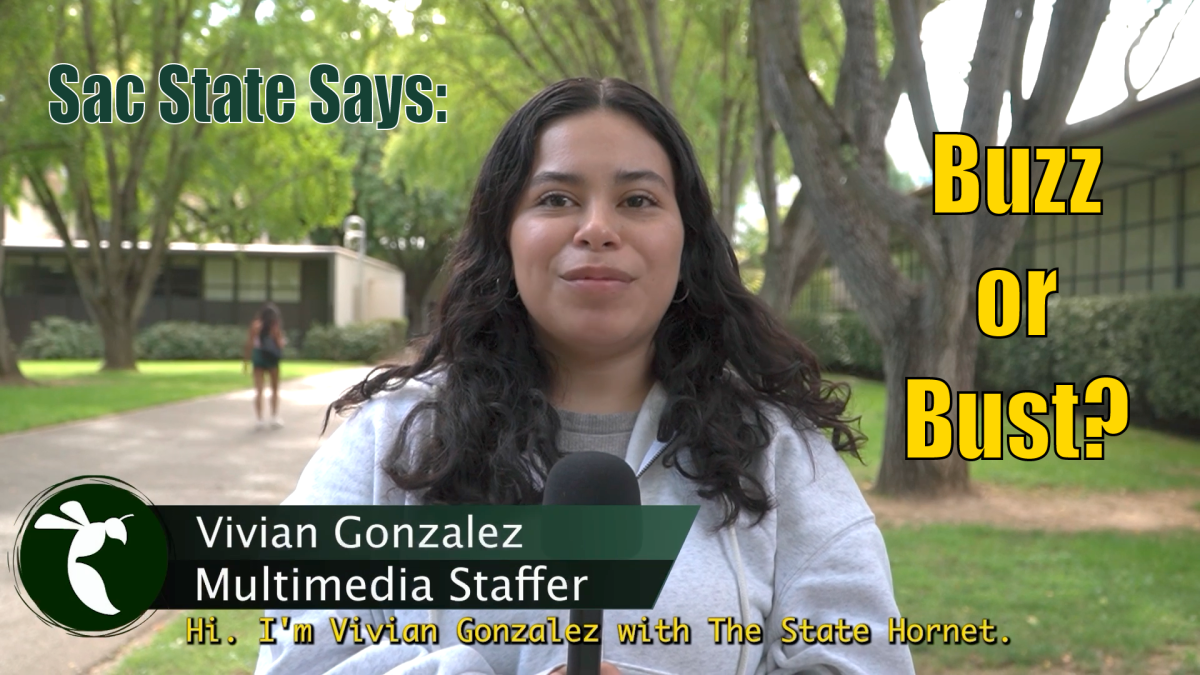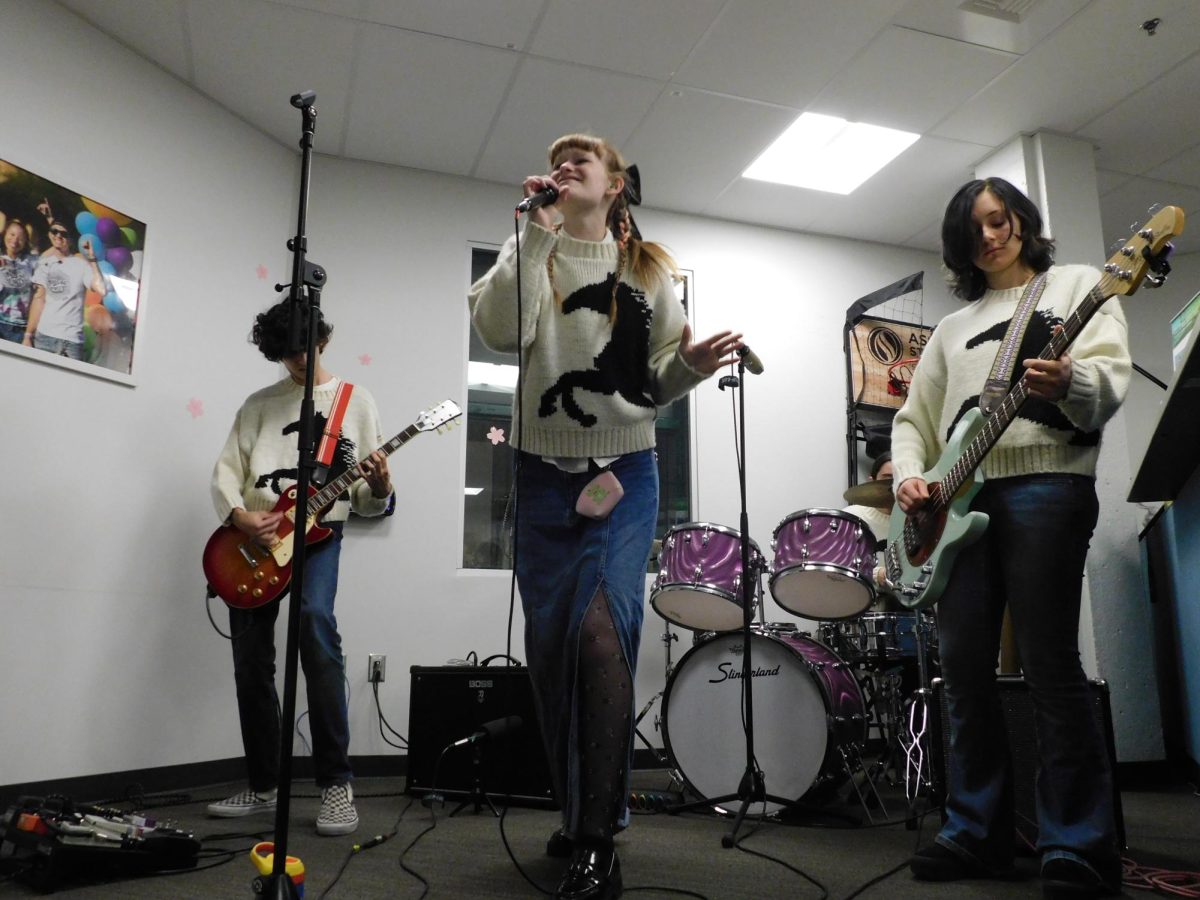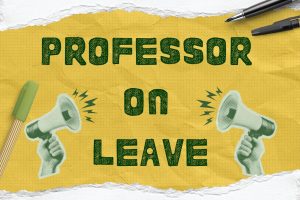Solution: Conserve
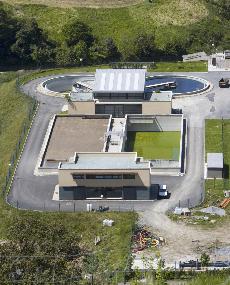
One solution to our water problems may be the use of water desalination plants.:Courtesy photo
March 26, 2009
Water is life, yet we don’t appreciate its importance. Perhaps it’s because we have such easy access to it. At home, most of us have three places where we can access relatively clean drinking water: the kitchen, the bathroom and the hose in the backyard. That’s not even including the dispenser on the outside of the refrigerator or the water bottles inside. But don’t fall into a false sense of security.
California will face a full-blown crisis when it comes to its drinking water.
My bet is the three-year drought we have going will test the limits of our state’s environmental functionality this summer. Maybe if so much water didn’t have to go to the vast, hellish megalopolis of Los Angeles, the state would be better off.
There is no easy solution for this potential catastrophe. For years, I thought the answer was desalination.
Desalination works, but there are too many pitfalls. It’s costly, it requires a mammoth amount of energy and something must be done with the materials removed from the treated water. The Middle East is leading the charge in this venture and is home to about 60 percent of the world’s desalination plants, but the region has the energy resources to do so.
Our desalination plants would have to run on renewable energy sources. It would be logical to use turbines to generate power from ocean tides, but some whiny liberal would surely raise a hue and cry on behalf of the Clown nudibranch and its decimated habitat.
The solution to our future water troubles is not just in desalination, but in conservation, reclamation and allocation.
This isn’t to suggest we should only flush our toilets once a week, but we need to make a conscious effort to efficiently use our water.
David Evans, chair of the Sacramento State geology department, said the best way to solve our problem is through minding our usage and the government conditioning the public to be stingy with water.
“The cost of conservation is just in marketing and getting the word out,” he said.
It’s not just the scores of environmental issues we need to sort through; it’s a cultural issue as well. We must think about our water consumption. That means taking shorter showers and not letting the faucet run while brushing your teeth. It’s simple stuff we’ve been told since we were kids.
We need to follow the lead of California’s largest consumer of water, the agricultural industry. It got the message and is growing fewer water-intensive crops, like rice.
Kevin Cornwell is a Sac State geology professor who was raised in Nebraska. He said there are “fundamental things” we aren’t doing in California to conserve water. He said the lack of water meters in the state make it impossible to calculate how much is going where.
“You can’t buy a home in Nebraska that doesn’t have a water meter,” he said.
Many of you remember when Sacramento attempted to implement a program to utilize water meters. Saying it was a nightmare is a huge understatement. It’s like saying Anna Nicole Smith liked pills. Fraud and incompetence sunk the effort, but not before it wasted more than $10 million.
A state law signed by Gov. Arnold Schwarzenegger mandates water meters to be installed and in use across California by 2025. We need to police ourselves until then. Who am I kidding? Take responsibility for ourselves? The state will run out of water long before then.
Jordan Guinn can be reached at [email protected]



